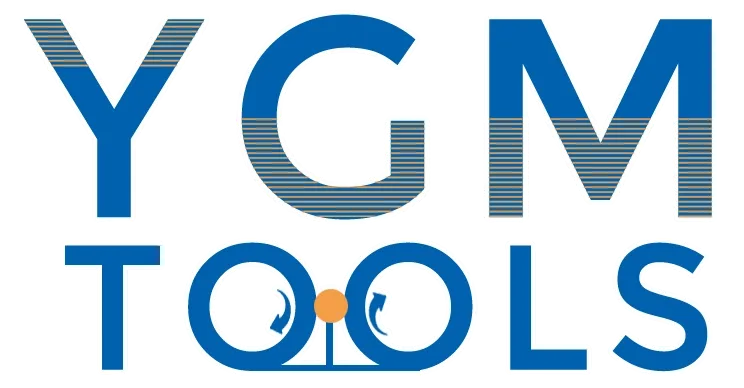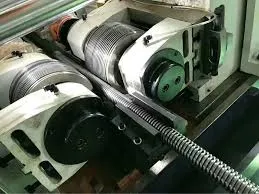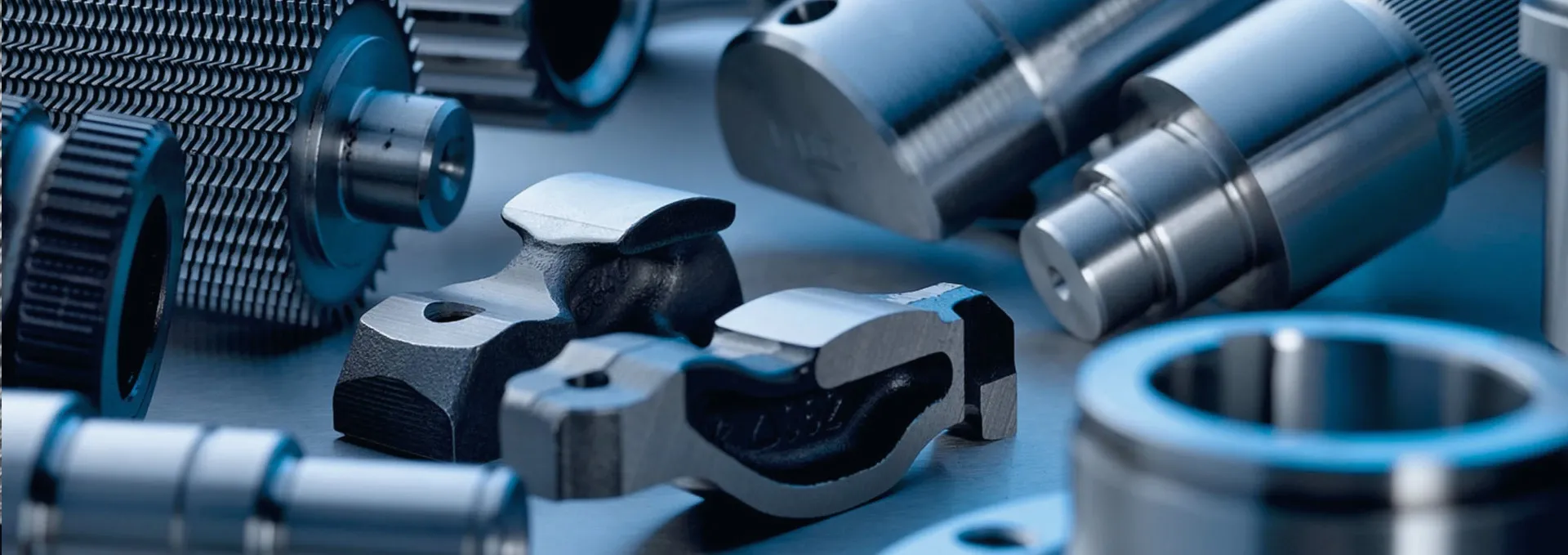
-
 Afrikaans
Afrikaans -
 Albanian
Albanian -
 Amharic
Amharic -
 Arabic
Arabic -
 Armenian
Armenian -
 Azerbaijani
Azerbaijani -
 Basque
Basque -
 Belarusian
Belarusian -
 Bengali
Bengali -
 Bosnian
Bosnian -
 Bulgarian
Bulgarian -
 Catalan
Catalan -
 Cebuano
Cebuano -
 Corsican
Corsican -
 Croatian
Croatian -
 Czech
Czech -
 Danish
Danish -
 Dutch
Dutch -
 English
English -
 Esperanto
Esperanto -
 Estonian
Estonian -
 Finnish
Finnish -
 French
French -
 Frisian
Frisian -
 Galician
Galician -
 Georgian
Georgian -
 German
German -
 Greek
Greek -
 Gujarati
Gujarati -
 Haitian Creole
Haitian Creole -
 hausa
hausa -
 hawaiian
hawaiian -
 Hebrew
Hebrew -
 Hindi
Hindi -
 Miao
Miao -
 Hungarian
Hungarian -
 Icelandic
Icelandic -
 igbo
igbo -
 Indonesian
Indonesian -
 irish
irish -
 Italian
Italian -
 Japanese
Japanese -
 Javanese
Javanese -
 Kannada
Kannada -
 kazakh
kazakh -
 Khmer
Khmer -
 Rwandese
Rwandese -
 Korean
Korean -
 Kurdish
Kurdish -
 Kyrgyz
Kyrgyz -
 Lao
Lao -
 Latin
Latin -
 Latvian
Latvian -
 Lithuanian
Lithuanian -
 Luxembourgish
Luxembourgish -
 Macedonian
Macedonian -
 Malgashi
Malgashi -
 Malay
Malay -
 Malayalam
Malayalam -
 Maltese
Maltese -
 Maori
Maori -
 Marathi
Marathi -
 Mongolian
Mongolian -
 Myanmar
Myanmar -
 Nepali
Nepali -
 Norwegian
Norwegian -
 Norwegian
Norwegian -
 Occitan
Occitan -
 Pashto
Pashto -
 Persian
Persian -
 Polish
Polish -
 Portuguese
Portuguese -
 Punjabi
Punjabi -
 Romanian
Romanian -
 Russian
Russian -
 Samoan
Samoan -
 Scottish Gaelic
Scottish Gaelic -
 Serbian
Serbian -
 Sesotho
Sesotho -
 Shona
Shona -
 Sindhi
Sindhi -
 Sinhala
Sinhala -
 Slovak
Slovak -
 Slovenian
Slovenian -
 Somali
Somali -
 Spanish
Spanish -
 Sundanese
Sundanese -
 Swahili
Swahili -
 Swedish
Swedish -
 Tagalog
Tagalog -
 Tajik
Tajik -
 Tamil
Tamil -
 Tatar
Tatar -
 Telugu
Telugu -
 Thai
Thai -
 Turkish
Turkish -
 Turkmen
Turkmen -
 Ukrainian
Ukrainian -
 Urdu
Urdu -
 Uighur
Uighur -
 Uzbek
Uzbek -
 Vietnamese
Vietnamese -
 Welsh
Welsh -
 Bantu
Bantu -
 Yiddish
Yiddish -
 Yoruba
Yoruba -
 Zulu
Zulu
Different Types of Thread Rolling Processes in Manufacturing Facilities
Understanding the Types of Thread Rolling in Manufacturing
Thread rolling is a crucial manufacturing process used to create threads on a cylindrical workpiece, often seen in bolts, screws, and other fasteners. The method utilizes rolling dies to form the threads rather than cutting them, which enhances strength and surface finish. The efficiency and adaptability of thread rolling make it a preferred choice in many industries, including automotive, aerospace, and electronics.
In the realm of thread rolling, there are several types of processes employed by factories to meet various production needs. Let's delve into the primary types of thread rolling techniques.
1. Free Form Thread Rolling
Free form thread rolling is a method where the workpiece is passed between two or more rotating cylindrical dies. This technique allows for the simultaneous rolling of threads on multiple workpieces. It is ideal for high-volume production, as it ensures uniformity and precision. This type of rolling is particularly beneficial when working with softer materials and in applications that do not require highly precise dimensions.
2. Flat Die Thread Rolling
In flat die thread rolling, the workpiece is rolled between two flat, parallel dies. This die setup offers the advantage of producing threads with additional features, such as grooves or special shapes. This process is often used in manufacturing specialized fasteners and can produce threads of varying depths and angles. Flat die rolling provides flexibility in design and is ideal for customized thread profiles.
Planetary thread rolling is a more complex method, where the workpiece is rotated while being rolled by multiple dies arranged around it, similar to the planetary motion seen in celestial bodies. This process allows for greater control over the dimensions and characteristics of the resultant threads. Planetary thread rolling is suitable for creating intricate thread patterns and is often utilized when high strength and precision are essential.
types of thread rolling factory

4. Cylindrical Thread Rolling
Cylindrical thread rolling involves the use of cylindrical dies that reciprocate against the workpiece, forming threads as the material is displaced outward. This process is renowned for its capability to produce straight threads with high accuracy and is commonly used in applications requiring strong and durable products. The cylindrical die setup is particularly effective for producing longer threads or when dealing with larger diameter workpieces.
5. Roll Forming
Although primarily associated with creating shapes instead of threads, roll forming technology is often integrated into thread manufacturing where continuous forms are required. This method involves the progressive shaping of a material as it moves through a series of rollers. When paired with thread rolling techniques, roll forming can yield a variety of custom shapes with integrated threads, contributing to the versatility of the manufacturing process.
Benefits of Thread Rolling
Regardless of the method utilized, thread rolling offers several advantages over traditional cutting methods. The process often leads to stronger threads due to the material's grain structure being preserved and not weakened by cutting. Additionally, thread rolling results in a finer surface finish, which can be crucial in applications that require a good seal, such as hydraulic fittings.
Furthermore, thread rolling significantly reduces production time and material waste. Since the process relies on deformation rather than cutting, it minimizes scrap material. This makes thread rolling a more economically viable option, especially for high-volume manufacturing runs.
Conclusion
In summary, the different types of thread rolling processes employed by factories play a vital role in manufacturing threaded fasteners. Understanding these methods allows manufacturers to select the most suitable technique for their specific needs, ensuring high quality and performance in their products. As industries continue to evolve, the importance of efficient and effective production techniques, such as thread rolling, will undoubtedly remain paramount in meeting the demands of modern engineering and manufacturing.
